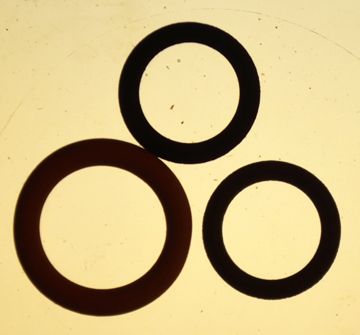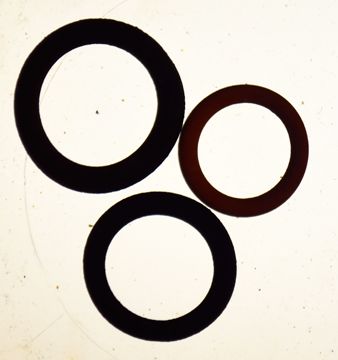Glycerine

I did a batch yesterday with crude glycerine (biofuel waste) mixed with LDPE sheets and I am glad I had a Gas Mask available. It stunk, I cant even begin to identify the smell...
The fuel was mostly water (approx 3 litres) for the first hour or so and then we got some nasty black oil, nothing like the beautiful fuel we have produced before...
The gas production from the non-condensed fuel was much higher and again, stinky... not sulphur or chlorine...
The light fractions we made previously work beautifully in a petrol engine.
We started with a strimmer and that sounded fantastic! So we tried a mini moto and that was brilliant too!
Then I borrowed an oil lamp and put some of the nice diesel in... And there was light too! Then I borrowed an old oil wick stove and the flames were blue with no smells... I have since used it indoors... I am amazed...
Anyone else tried the fuel for cooking, heating, transport and lighting?

I did a batch yesterday with crude glycerine (biofuel waste) mixed with LDPE sheets and I am glad I had a Gas Mask available. It stunk, I cant even begin to identify the smell...
The fuel was mostly water (approx 3 litres) for the first hour or so and then we got some nasty black oil, nothing like the beautiful fuel we have produced before...
The gas production from the non-condensed fuel was much higher and again, stinky... not sulphur or chlorine...
The light fractions we made previously work beautifully in a petrol engine.
We started with a strimmer and that sounded fantastic! So we tried a mini moto and that was brilliant too!
Then I borrowed an oil lamp and put some of the nice diesel in... And there was light too! Then I borrowed an old oil wick stove and the flames were blue with no smells... I have since used it indoors... I am amazed...
Anyone else tried the fuel for cooking, heating, transport and lighting?





Comment